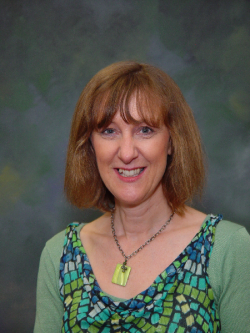P&G looks to sustainability to forge a more efficient business model

Cosmetics Design spoke to Gillian Briggs, P&G beauty sector R&D sustainability leader, who expanded on the company’s ideas in this area and the initiatives it is implementing as part of efforts to improve efficiencies, while reducing its environmental impact.
“We believe sustainability should be embedded in our business and a fundamental part of our culture,” Briggs said. “Sustainability is good for our business because it’s focused on using our resources – materials, energy, water – more efficiently.”
Two major challenges are crucial in coming up on top
Briggs went on to stress that the approach to this model is being approached by tackling two major challenges head on, the first being to deliver ‘no trade-off’ products that still give strong results, while the second is to approach partners to tackle areas of sustainability that are ‘bigger than one company’.
On the issue of partnership, Briggs said: “Today we’re focused on forging innovative partnership to solve the more complex issues of sustainability,” referring to projects such as the PET packaging collaborative project with the likes of Coca-Cola and Nike, together with the Consumer Goods Forum, focusing on sustainability improvement in the supply chain.
“We work alongside some of our closest competitors in places like the Consumer Goods Forum and other consortiums where we work across the industry to address issues like solid waste and deforestation,” said Briggs.
“One of the unique aspects of our sustainability program is the way we approach the development of products. Developing more sustainable products involves a deep understanding of our products through the Life Cycle Assessment, a tool which assecces all the impacts from raw materials, through manufacturing, transportation, use and disposal – and then provides a picture where the biggest impacts lie.”
Consumers want sustainability, but without trade-offs
Briggs went on to explain that, although 70 percent of P&G consumers say they want to buy more environmentally products, it is also very important to note that they want these products to be developed without trade-offs in terms of value and performance.
Looking ahead to the longer-term, the company is aiming to reach its current set of sustainability goals by the end of this decade, which includes replacing 25 percent of petroleum-based materials with sustainably sourced materials, reducing packaging by 20 percent per consumer use and reducing manufacturing waste to less than 0.5 percent.
“We developed this vision over the course of a year, partnering with external experts and soliciting input from P&G experts around the world. We know this vision will take decades to achieve, but we believe that our consumer understanding, commitment to innovation and global scale are key strengths that will drive our progress.”
Gillian Briggs will be presenting a seminar about P&G's approach to sustainability at the forthcoming Sustainable Cosmetics Summit, to be held in New York, 16 - 18 May.







